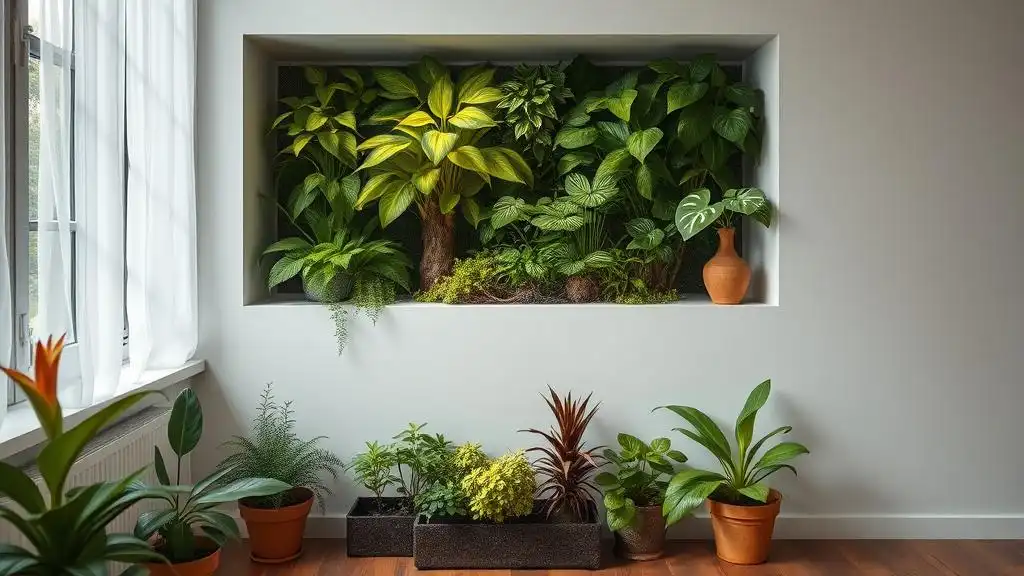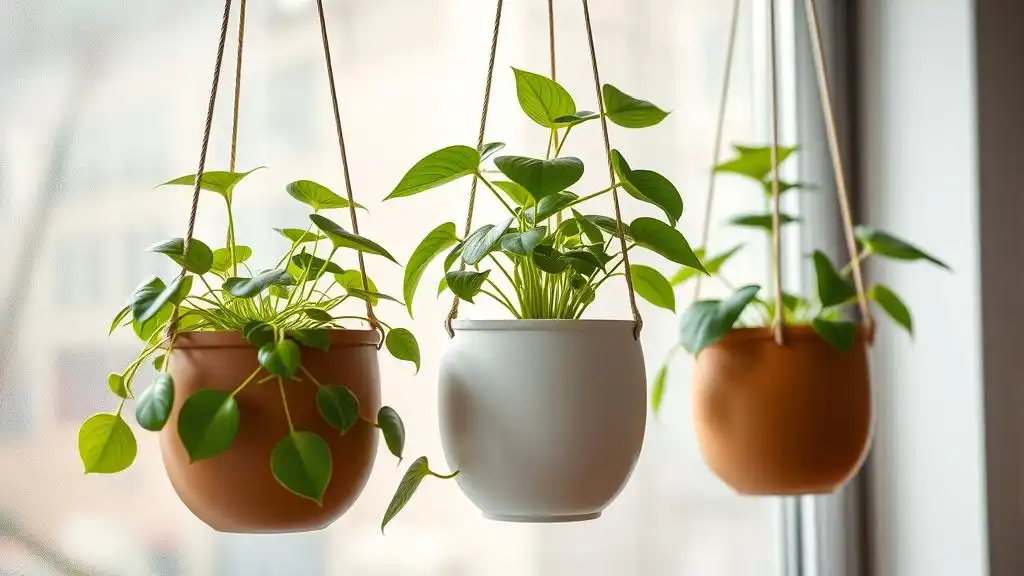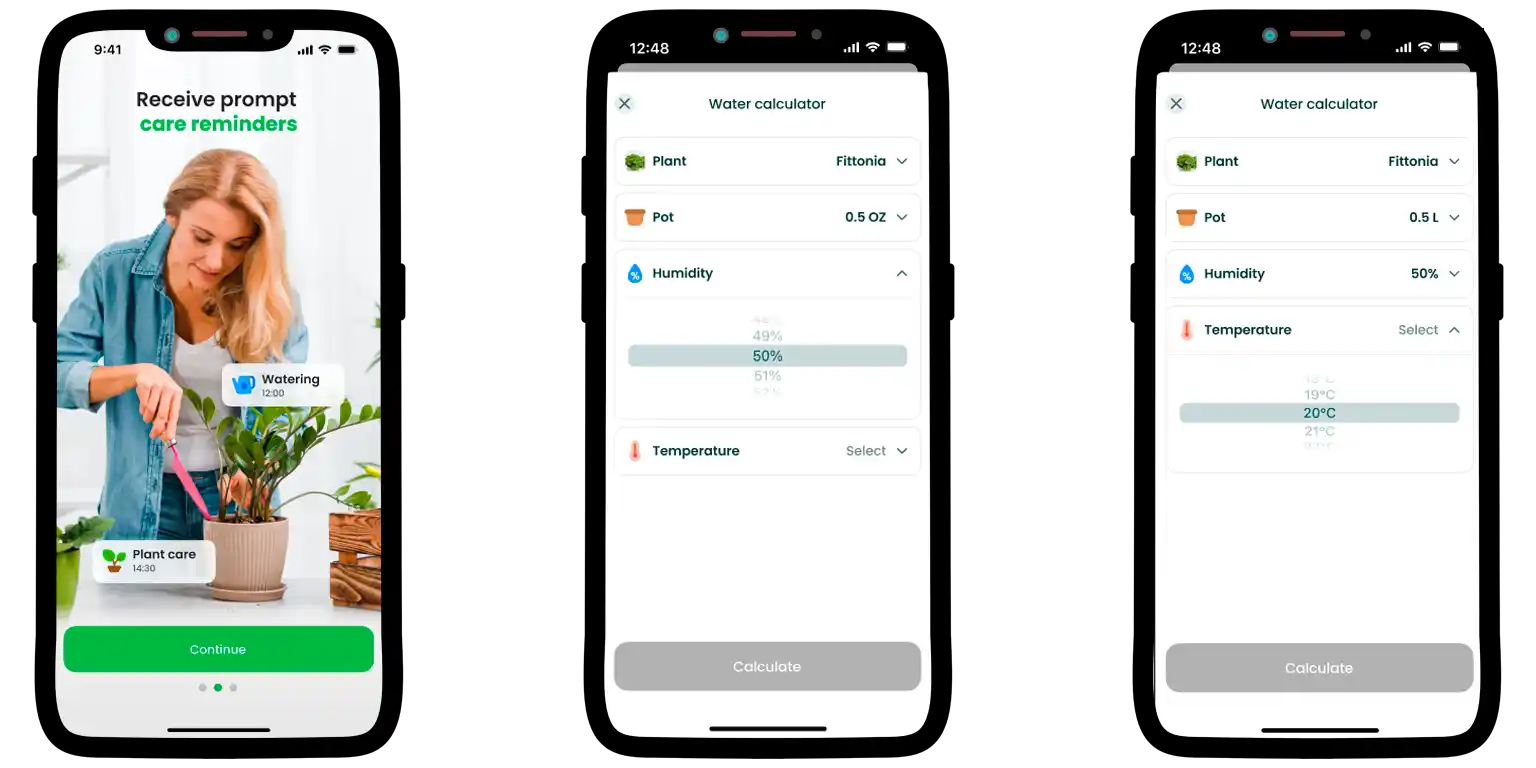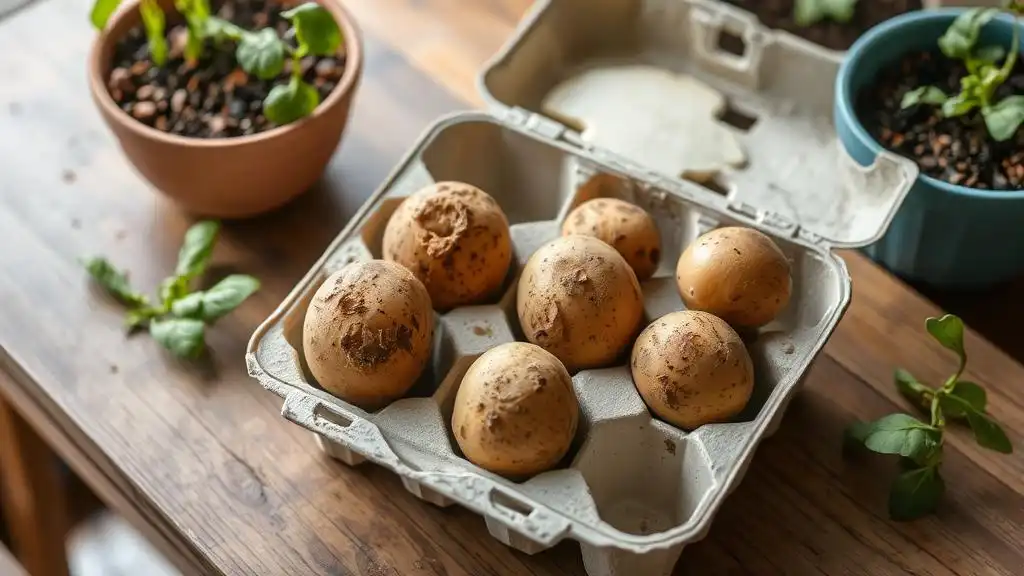Plant Arrangement: Best Spots to Put Plants at Home

Bringing a touch of nature to the indoor environments is one of the best solutions that can be found by the inhabitants of concrete jungles. Nevertheless, while being trapped in enclosed areas, plants may not receive as many natural resources as needed for them to efficiently grow and thrive. What could we do to make our homes cozier and healthier without damaging our leafy friends?
Contents:
Bringing a touch of nature to the indoor environments is one of the best solutions that can be found by the inhabitants of concrete jungles. Nevertheless, while being trapped in enclosed areas, plants may not receive as many natural resources as needed for them to efficiently grow and thrive. What could we do to make our homes cozier and healthier without damaging our leafy friends?
So as to create a healthy indoor garden or incorporate single plants into a home setting, it is important to understand where to place houseplants and how to arrange them properly. Well, where should we start then?

Key Factors to Consider
The environment plays a crucial role in terms of gardening. Sensible and responsible plant lovers, who aim to create a small indoor garden, should carefully investigate their places and check whether they meet the plant’s needs or not. It is the surroundings that define the health of a living being, not vice versa. The main aspects to consider include light and moisture requirements, air circulation, and plant-specific care needs.
Light
The first and foremost element for plant growth is the amount of light. Photosynthesis, a process that makes it possible for plants to store energy and humans not to worry about oxygen concentration, needs light. Each plant type has different light requirements, since the process of photosynthesis and propensity for leaf scorching and tip burn may vary completely.
Bright, direct is ideal for sun-loving plants, like succulents, for they are used to such conditions in the wild. Nevertheless, many houseplants prefer bright indirect light that does not hinder their development. Areas with low light may also be utilized as suitable garden layouts for snake plants, pothos, and the like.
Water Accessibility
Water is another important element that is vital for any living creature on Earth. The location of the plants indoors may influence how easily one can maintain a consistent watering schedule. Make sure you cultivate your flora only where it is possible to provide plants with proper watering sessions. Besides, it might be essential to check drainage holes in advance to rest assured a plant is not exposed to large volumes of water.
Humidity Level
Regularly connected with water requirements, humidity levels should be considered separately anyway. For plants to successfully grow, one should learn about the type of the plant and its natural habitat. Hence, it gets easier to understand what to choose: a higher level of humidity or a low to moderate one. Tropical plants like orchids, for example, prefer high humidity, while most common houseplants may tolerate lower humidity levels in turn.
Air Circulation
To prevent pests, mildew, and mold, air circulation seems to be a crucial element for the homegrown environment. Natural ventilation allows plants to absorb as much carbon dioxide as necessary and improve the quality of a plant.
Specific Care Needs
Some plan-specific requirements may incorporate factors different from the above-mentioned ones. Temperature preferences, nutrient requirements, and growth patterns, for instance, that usually depend on the original habitat and neighbors are always intrinsic to one particular member of flora. Eucalyptus, for example, is easy to tolerate hot temperatures, while dracaena can withstand colder conditions with ease.

Where Do I Get Information About What My Plants Need?
What distinguishes a reasonable gardener from the ignorant wannabe is their ability to think about the plant’s health long before taking it home. The easiest yet the most comfortable way to discover the world of flora is to rely on respected and relevant virtual sources. Among the variety of platforms introduced by the digital industry, AI Plant Finder stands out as a new yet promising solution fueled by noble aspirations to change the world.
The app is the ideal place for those who want to get educated but still do not know where to start. Basically, there are several options on how one may get acquainted with different types of greenery right in the app.
The first method consists in the actual search for particular plant species. The AI Plant Finder’s database includes more than 400,000 instances of flora, which makes it a convenient space for detailed and relevant explorations. There appear relevant search results with plant cards, each containing information about a plant’s habitat, its growing requirements, care needs, special attributes, and more.
The second approach is way easier. The app’s system is equipped with the latest AI technologies that enable a new feature, i.e., plant ID by photo. Just take a picture of the plant you strive to get to know about in the app and wait for the system to process the image. Hence, you will be redirected to the plant card, just like in the previous variant.
Do not delete the app as soon as you have explored plants. Make use of it further on the planting journey to enhance your gardening experience, treat your yards, and get instant feedback from professionals from all over the world.

Where to Put Houseplants? Ideas for Indoor Gardens
Windowsill: Those plants that need bright light, be it direct or indirect, may be placed on windowsills. In the kitchen, some herbs like basil and parsley can be conveniently put in closer proximity to the cooking zone, while bathrooms, with their higher humidity levels, may be home for moisture-loving plants, such as peace lilies and the like.
Hanging Planters: Hanging planters are a stylish way to incorporate greenery into apartments with minimum free space for a garden, even the smallest one. Plants like pothos and ivy may feel great in such pots and, thus, create a cascading garden in any type of accommodation.
Room Corners: Room corners are often underutilized, and to solve this problem we recommend that you place large plants like Monstera there. Make sure these plants get enough light according to their needs; if not, use supplemental glow light to promote their health.
Shelves or Mantels: One of the most popular choices is to place plants on shelves or mantels in a living room. These are seen as a great opportunity to display smaller plants, create peculiar arrangements, and keep greenery away from children and pets.
Selecting where to place indoor plants may be an extremely captivating process. Who would not like to decorate their houses with aesthetically pleasing elements? Nevertheless, it is important for gardeners to stay consistent and never hurt a plant, but explore possible challenges and create an appropriate environment in advance. Good luck and have fun!
Share:
Read More
Identify Any Plant, Diagnose Every Disease
Download Our App Now!


